This article is more than 1 year old
The Tzu Chi Foundation – the world’s largest Buddhist charity
Monks, cadavers, typhoons and earthquakes
The revolution will be televised
Da Ai Television station, and Rhythms Monthly magazine, is the main way the Foundation promotes its work and beliefs. The TV station, founded in 1995, costs $35m a year to run and some $10m of this comes from the recycling business. The rest comes from understated corporate sponsorship – direct promotion of products is not allowed, and from donations.
Its most popular show is The Sunshine of Life, a medical soap opera. It also broadcasts a fifteen minute daily message from Dharma Master Cheng Yen along with documentaries and news programmes. The station is run by 500 paid staff and 2,000 volunteers.
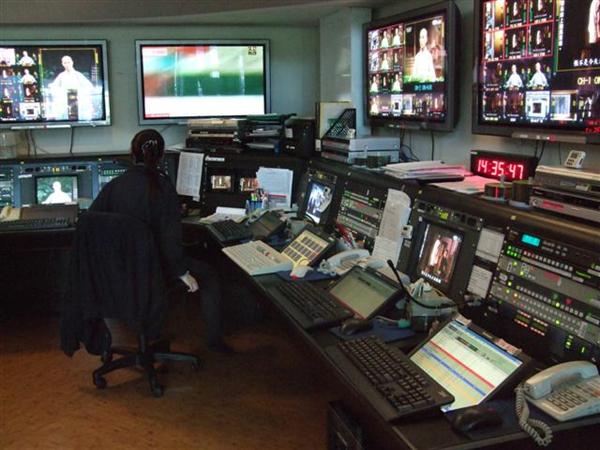
Da Ai Television's main gallery
Medical care, from old to new - acupuncture to brain electrodes
After a day in Taipei we flew to Hualien on Taiwan’s east coast. Historically one of the poorer areas of Taiwan, it is home to what is left of the country’s aboriginal population. The grey-granite city used to suffer from poor medical services – people were expected to travel to Taipei or elsewhere for treatment of serious conditions.
It was an incident here that led to Master Cheng Yen setting up the medical foundation in 1972. The Foundation headquarters and temple are right next door to the Tzu Chi Hospital, which provides a full range of care – from traditional Chinese acupuncture to the most modern treatments. It runs the world’s largest non-government database of bone marrow donors. It treats the symptoms of Parkinson’s by using deep brain simulation via implanted electrodes. And it has one of Taiwan’s only palliative care wards for terminally ill patients. It also functions as a teaching hospital.
Steve Chen, a marketing guy from Acer who helped show us around, volunteered for a bit of acupuncture for a sore shoulder.
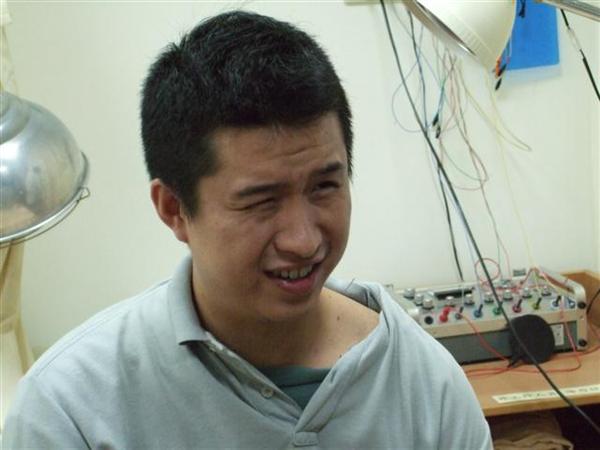
He said it hurt.
The machine behind him can be used to zap the needles with a bit of electricity to increase the flow of chi - the fundamental energy within all living things.
The hospital also provides rather more modern treatment for Parkinson’s disease. Patients are first assessed by walking on a touch sensitive floor surface – Parkinson’s patients tend to walk on tip-toes, take small steps and topple forward. The treatment involves inserting an electrode through a hole in skull into a part of the brain called the subthalamic nucleus – an MMR scanner is used to get it into the right place because it varies from person to person.
A wire from the electrode leads to a battery and pacemaker unit which is usually inserted under the skin of the chest. It releases a 4-6 volt intermittent current which over-rides the abnormally frequent firing of nerve pulses which is believed to cause Parkinson’s. The battery unit can last as long as six years and can be controlled by the patient using a remote control – it can be switched off at night to prolong battery life. There’s a BBC video of a banjo player getting a similar implant under local anaesthetic here.
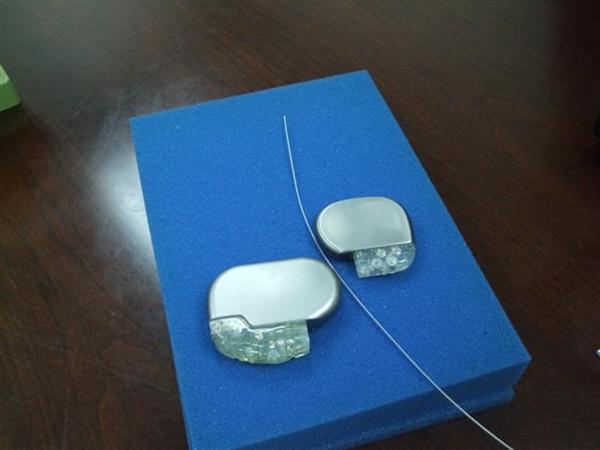
Electrode and pacemaker unit
Bone marrow register
The hospital also runs the world’s largest non-government database of bone marrow donors – it started work in 1993. There are 314,000 people on the database which has helped match 1,700 donations. Most of these went to mainland China, but 64 went to the US and nine to the UK, among other countries.
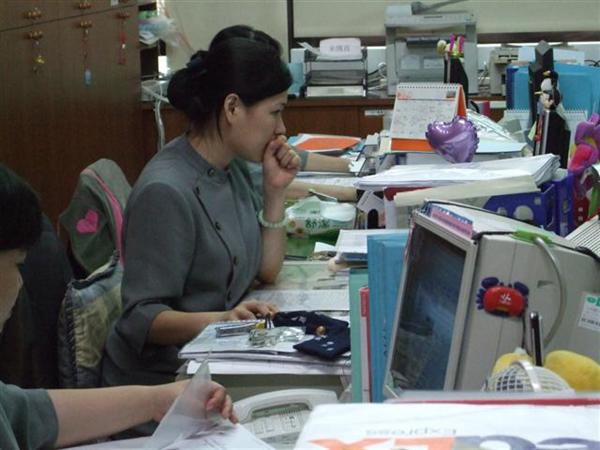
Working on the bone marrow database
Donations are usually collected by giving people drugs to increase marrow production which is then harvested from the blood. The older technique involved cutting open pelvic bones to extract marrow. The hospital also has an umbilical cord blood bank with 13,000 entries. These have been used for 35 transplants worldwide.
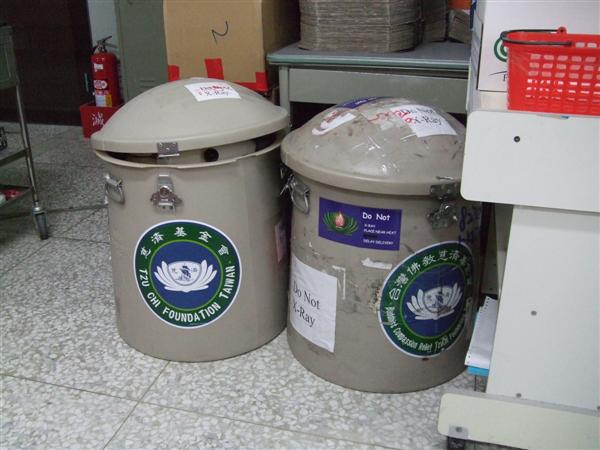
Bone marrow storage flasks
Cadavers for medical research
The Tzu Chi hospital came up against a problem in the late 1990s – a lack of bodies to teach students basic anatomy and practise surgical techniques. Although Taiwan is not a very religious country Buddhist, or Chinese, cultural beliefs mean that people do not like the idea of body donation.
This belief led eunuchs in imperial China to carry their testicles around in a small bag in the hope they would be buried with them when they died and so they would be restored to them in the afterlife. The remnants of these beliefs meant the only bodies available for medical students were from people whose bodies were not claimed by friends or family.
Dharma Master Cheng Yen started a campaign to get more people to donate their bodies by starting the “silent mentor” programme – repurposing body donation for local tastes. Parts of the scheme might seem outright weird to some readers but it has led to over 20,000 people signing up – the hospital’s 60 students only need a maximum of 14 bodies a year.
Admittedly the majority, 60 per cent, of the volunteers are Foundation members. They use the cadavers not just for basic anatomy but also, because the bodies are frozen, for practising minimally invasive surgical techniques.
